Remembering Asrani and Comedy’s Legacy in Indian Cinema
Comedy made cinema audiences learn to laugh not at exaggerated characters, but at the familiar quirks of their own lives.
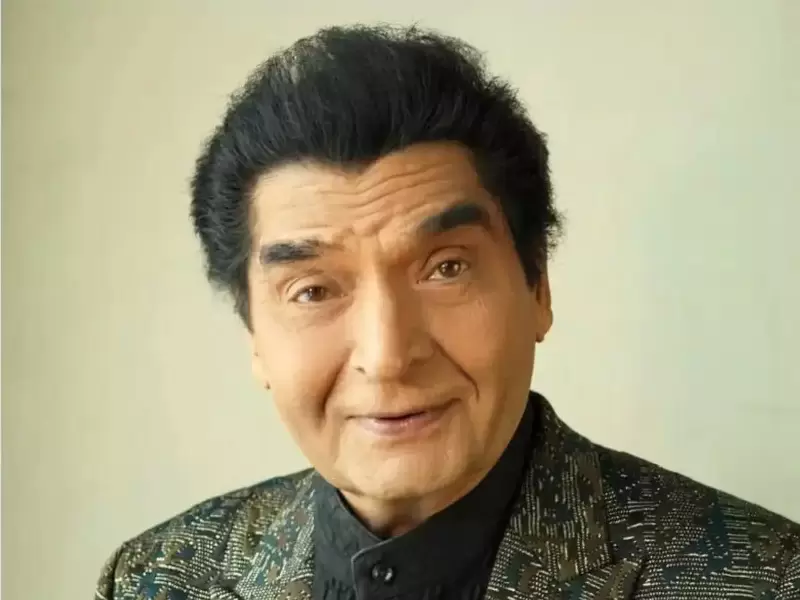 Govardhan Asrani. / Govardhan Asrani/Instagram
Govardhan Asrani. / Govardhan Asrani/Instagram
When Govardhan Asrani — better known simply as Asrani — passed away on October 20, 2025, Indian cinema lost one of its most enduring symbols of laughter. At 84, the veteran actor, director, and comedian left behind not just a filmography of over 350 movies, but an indelible presence that spanned five decades of Hindi cinema. His passing marked the end of an era — an era of wit without cruelty, humor without cynicism, and performance without vanity.
Born in Jaipur, Rajasthan, Asrani’s passion for acting took shape when he joined the Film and Television Institute of India (FTII), where many of the country’s finest performers began their journeys. From those formative years, he went on to build a career that turned a young dreamer into one of Indian cinema’s most familiar and beloved faces.
In films like Bawarchi, Chupke Chupke, and Aaj Ki Taaza Khabar — for which he won the Filmfare Award for Best Comedian in 1973 — Asrani became synonymous with gentle humor and impeccable comic timing. But it was his unforgettable turn as the bumbling jailor in Sholay (1975), with the immortal line “Hum angrezon ke zamane ke jailer hain,” that sealed his place in the pantheon of Indian comedy.
Beyond his gift for comedy, Asrani revealed an impressive depth as a character actor, moving with ease between moments of laughter and emotion. His wife, Manju Asrani, remained his constant companion through every triumph and trial — a partnership as enduring as his career.
Comedy in Hindi cinema has long reflected the changing moods and realities of Indian society. From the post-independence era’s slapstick humor to the nuanced satire of the 1970s, comedians became the pulse of popular appeal.
Johnny Walker, with his trademark charm and the “drunken philosopher” persona, ruled the 1950s and 1960s. Mehmood, often called the “King of Comedy,” brought unmatched versatility — singing, dancing, and even producing films centered around comic themes. Keshto Mukherjee turned the act of inebriation into an art form, though he never drank in real life.
Then came Asrani, bridging the gap between physical humor and situational wit. His work reflected a shift — from punchline-driven comedy to character-driven storytelling. Later, Kader Khan and Johnny Lever carried the baton forward, blending linguistic humor, mimicry, and social satire. Today, performers like Rajpal Yadav continue that tradition, proving that the art of comedy is both timeless and adaptive.
In the early years of Bollywood, comedians were typically cast in “comic relief” roles, offering brief moments of levity in otherwise serious stories. As actor Amol Palekar once observed, comedy was mainly used to ease tension — until filmmakers realized that an entire film could rest on a light-hearted narrative.
During the 1970s, filmmakers such as Hrishikesh Mukherjee and Basu Chatterjee introduced a new kind of situational comedy, grounded in middle-class life and the humor of everyday situations. Movies like Guddi (1971) and Bawarchi (1972) invited audiences to laugh not at exaggerated characters, but at the familiar quirks of their own lives.
By the 1980s, the genre matured with Jaane Bhi Do Yaaro (1983) — a biting political satire that became a cult classic. Pushpak (1987) proved that even a wordless film could evoke laughter through sheer visual brilliance.
The 1990s brought the Govinda–David Dhawan era, where verbal comedy — packed with wordplay and innuendo — reflected the exuberance of a liberalizing India. This was comedy in its most exuberant form — loud, vibrant, and unapologetically exaggerated.
The 2000s ushered in what many called the “Bollywoodization” of comedy. Satellite television and globalization began to influence audience tastes, while directors like Priyadarshan adapted regional hits for a wider audience, turning Hera Pheri (2000) into a modern classic. Around the same time, Munna Bhai M.B.B.S. (2003) and Lage Raho Munna Bhai (2006) redefined “feel-good comedy,” blending humor with heart and social conscience.
Yet, as the years passed, critics noted the genre’s decline. Modern Bollywood comedies often lean on excess slapstick, crude jokes, and recycled themes. Sequels like Bhool Bhulaiyaa 2 and Housefull 4 chase laughter through chaos, often forgetting the intelligence that once defined the genre.
The reasons are complex. As Dr. Maithili Ganjoo wrote in her study Laughter Through the Ages: Role of Comedy Films in Shaping Bollywood (2020), the genre’s shift from situational wit to verbal and slapstick forms reflected broader social changes — from middle-class anxieties to mass-market economics.
Today’s filmmakers operate in a more sensitive, polarized climate. Many jokes once considered harmless now appear offensive. This growing awareness, while necessary, has also made comedy a high-wire act. Coupled with the rise of “pan-India” spectacle films, bankable formulas have sidelined nuanced humor.
Still, not all hope is lost. A new wave of dark comedies and social satires — like Khosla Ka Ghosla (2006), Peepli Live (2010), and Phas Gaye Re Obama (2010) — shows that intelligent humor can coexist with social critique. Streaming platforms, too, have opened the door to more experimental storytelling, where laughter is layered with meaning.
Perhaps, as Asrani himself once embodied, true comedy lies not in mockery but in observation — in holding a mirror to life’s contradictions and laughing anyway.
Asrani’s passing is the closing of a chapter in India’s cultural history. His laughter — spontaneous yet sincere — belonged to a gentler time, when humor was human and storytelling sincere.
ADVERTISEMENT
ADVERTISEMENT
E Paper
Video



1759953093.png) Staff Reporter
Staff Reporter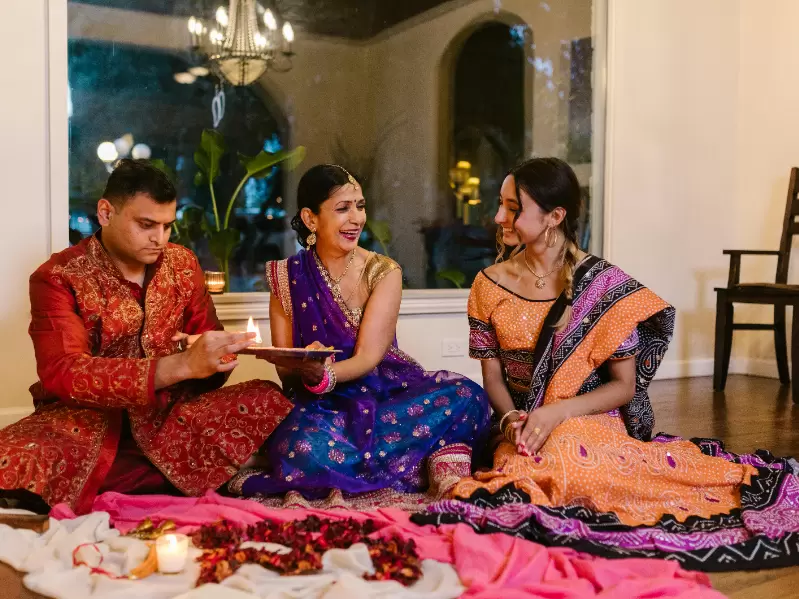


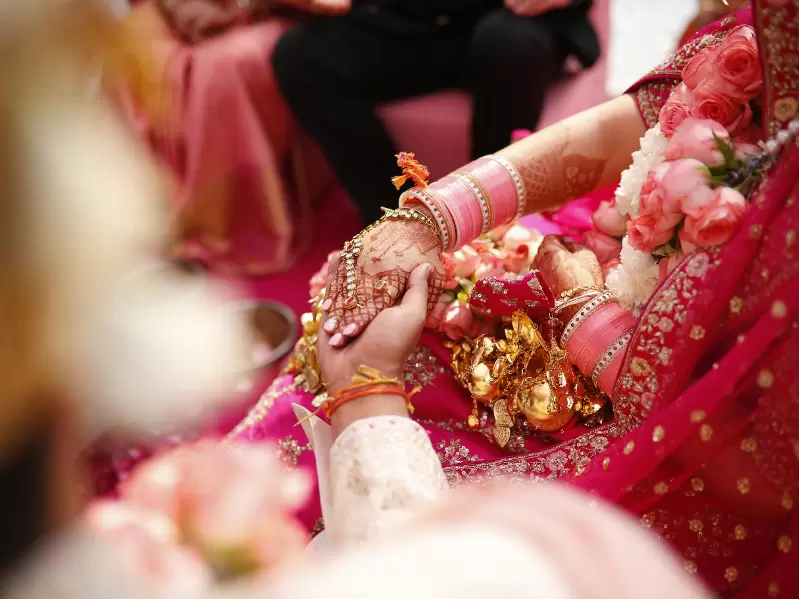
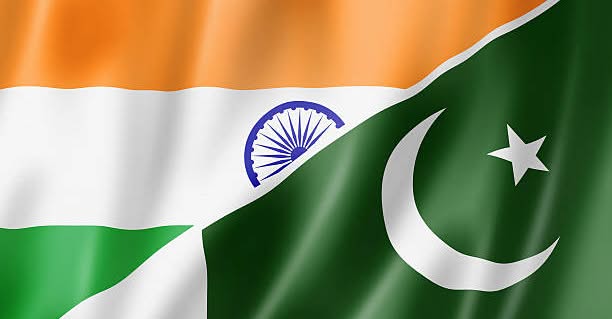


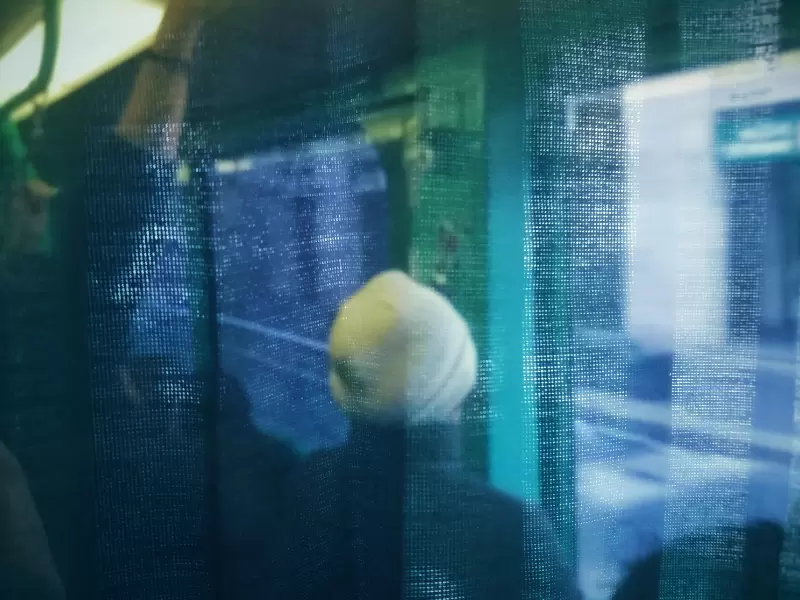
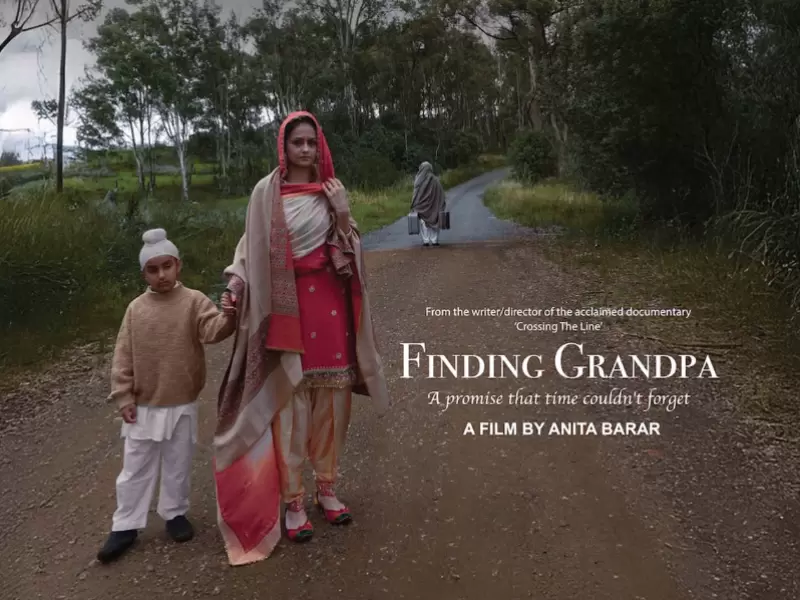





Comments
Start the conversation
Become a member of New India Abroad to start commenting.
Sign Up Now
Already have an account? Login